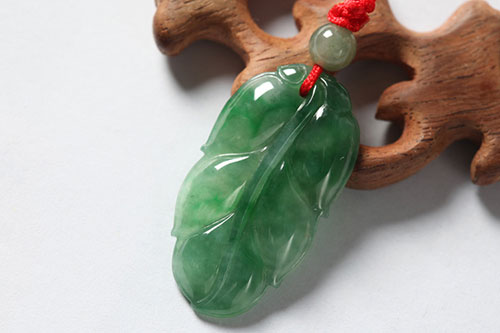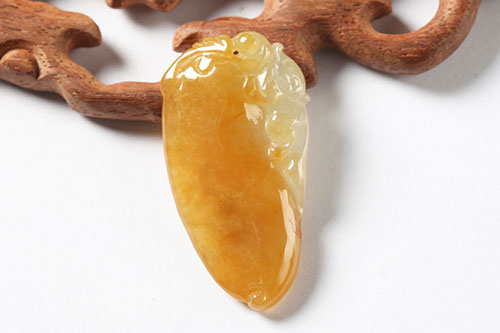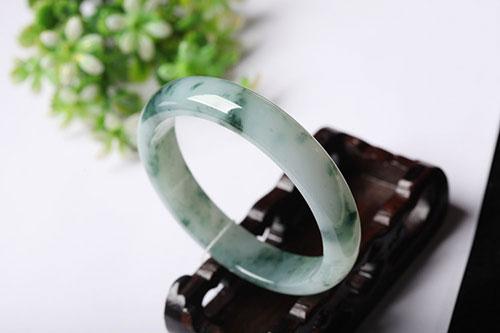Historical development of jade culture
According to the "Yunnan 冀 察 察 记载 》 》 》 》 》 》 》 》 》 》 》 》 》 》 》 》 》 》 》 》 》 》 》 》 》 》 》 》 》 》 》 》 》 》 》 》 》 》 》 》 》 》 》 》 》 》 》 》 》 》 》 Although the jadeite along the Wulu River in Myanmar began to be mined during the Jiajing period of the Ming Dynasty, during the Qianlong period of the Qing Dynasty, there were no Han people who were involved in the jade production area until the beginning of the 20th century, looking for mines in the jade production area. The business Han people are more than the local Burmese. The Han people joined the mining and trade of Myanmar jade, which enabled a large number of jadeite to be continuously imported into the Chinese mainland.

During the Ming Dynasty, the exchange of jade culture between China and Myanmar began to increase gradually. At this time, Jadeite was dedicated as a tribute to the Central Court at that time. In the Qing Dynasty, China's jade culture entered a heyday, and jade products began to spread widely in the court and the folk. At the same time, the commercial scale of Jade has been expanding.
The Qing Dynasty was an era of a large number of interactive use of jade resources in Chinese history. People had established “Jade Square†to process and sell the original jade stone, which earned a large amount of economic income. At that time, Tengchong and Dali in Yunnan were more jade. Distribution center. The widespread spread of jade has been attributed to the hobby of the royal aristocracy of the Qing Dynasty to the emerald.
From the Qianlong period of the Qing Dynasty, the jadeite was loved by the royal members. The jadeite reached an unprecedented heyday. The Empress Dowager Cixi liked the amount of jade, and the jadeite was used for enamel or inlaid with various kinds. Jewelry, display of art, carry-on beads, play "Jade Ruyi" and so on. Therefore, in the Qing Dynasty, Jadeite also had the reputation of “Royal Jade†and “Emperor Jadeâ€.

The Chinese Cultural Connotation of Jade
First, jade represents a culture in the country. China is an ancient country with more than 5,000 years of history and civilization. Jade culture has carried out the entire history of Chinese history and culture, and has always played an important role in the entire history of change, and has been enriched in historical development. Jade as a member of jade culture is an important part of it. The development of jade carving also fully reflects the rich connotation of Chinese culture and the profoundness of Chinese civilization.

Second, it represents an art. In the long history, the Chinese people reflected their ideals and emotions on the jade jade, and the jade and jade carvings and works of art. Through the development and evolution of the past millennium, the jade has reached the realm of perfection. The jade art is not only a commodity, but also a kind of art, with its pursuit and realm.
Again, it represents a quality. The jade has a simple texture, colorful colors and subtle stone. It has always been loved by the Chinese people. Therefore, there are five virtues, nine deities, and even eleven virtues. However, in fact, the Chinese people extended their associations in the long-term observation of Yude. I realized a lot about the philosophy of life. The quality of jade is the spiritual pillar of people and the materialization of traditional virtues. This is the reason why jade jewelry is enduring. Today, in the development of modern society, jade jade has become a carrier for people to cultivate noble character, good wishes, perfect image, good emotions and sentiments. It also represents human pursuit of quality such as peace, honesty, elegance and perfection.
Reflective Ribbon,High Light Reflective Band,Reflective Fabric Tape,Elastic Arm Bands
Wuxi WenqiIndustry and Trade CO.,LTD. , https://www.wenqiIndustry.com